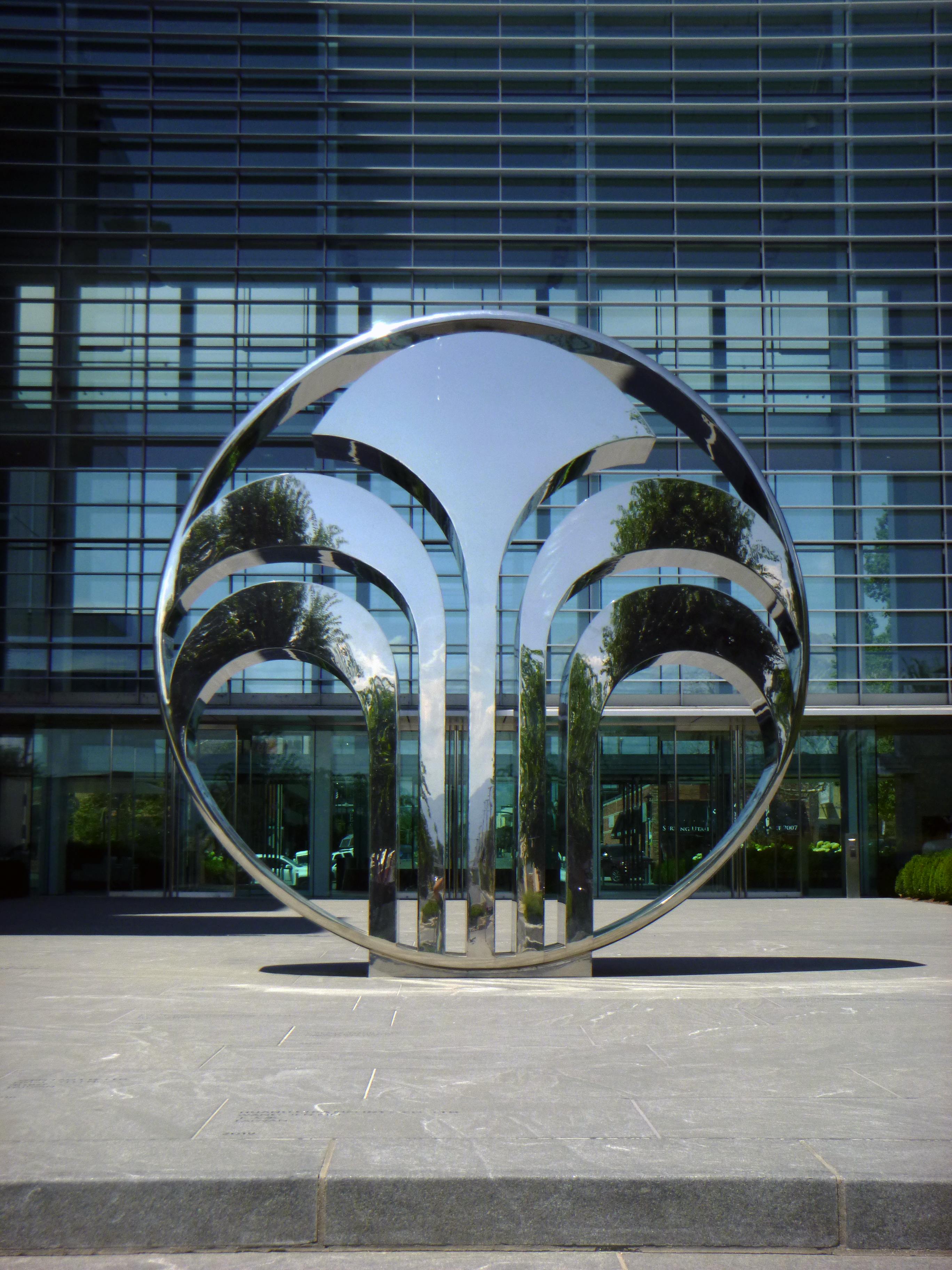Health and Justice Building in Provo Utah: A Pillar of Community Well-being
The health and justice building in Provo Utah plays a critical role in ensuring public safety and delivering essential services. As communities evolve, civic infrastructure like this becomes increasingly vital for balanced urban growth. This article explores the function, structure, and broader implications of this pivotal facility in Provo, Utah.

Understanding the Fundamentals
The health and justice building in Provo Utah is a cornerstone of local governance, designed to integrate public health services with judicial functions. Combining these services under one roof not only enhances efficiency but also strengthens the link between health and justice in community life.
Historically, cities have operated separate facilities for health and legal services, often leading to logistical gaps. Provo’s integrated approach sets a modern standard for municipal operations and public trust.
1.1 Integration of Public Services
The building brings together judicial offices, correctional services, and public health departments. For example, mental health professionals work closely with court officials to manage cases involving substance abuse and behavioral health.
This co-location model reduces bureaucratic delays, improves patient and client outcomes, and minimizes redundancy. A 2022 study found that cities with integrated civic buildings saw a 15% increase in service delivery speed.
1.2 Community-Centered Urban Planning
Unlike traditional government buildings, the health and justice building in Provo Utah prioritizes accessibility and community involvement. Public meeting spaces and resource centers allow citizens to engage directly with city services.
This approach is unique in that it humanizes the justice process and builds a bridge between institutions and the people they serve. Case studies show improved civic participation when buildings are designed with community input.
Practical Implementation Guide
Implementing a facility like the health and justice building in Provo Utah requires strategic planning, stakeholder collaboration, and long-term investment. Here’s how Provo achieved it and how others can replicate its success.

2.1 Actionable Steps
- Site Selection: Choose a location accessible by public transportation and central to community populations.
- Design Collaboration: Involve architects, city planners, and service providers in the design process from the start.
- Construction and Launch: Set phased goals—land acquisition, foundation, vertical build, and final inspection—over a 24-36 month timeline.
2.2 Overcoming Challenges
Common challenges include budget constraints, zoning issues, and inter-agency conflicts. Provo tackled these with:
- Transparent budgeting to secure public support
- Pre-zoning consultations with local boards
- Regular alignment meetings between health and justice departments
Experts recommend building community trust early to avoid resistance later in the process.
Advanced Applications
Once operational, the health and justice building in Provo Utah has adopted next-generation systems for efficiency and better public service. These include digital case management, integrated health records, and smart building technologies.

3.1 Smart Systems Integration
The building uses interconnected software systems that allow departments to share relevant information while respecting privacy laws. This reduces case handling times by up to 20% and improves communication between departments.
Case in point: a coordinated care system enables medical staff to alert courts to urgent treatment needs before sentencing, promoting rehabilitation over incarceration.
3.2 Sustainable Architecture
Green building certifications ensure that the health and justice building in Provo Utah minimizes energy use. Solar panels, rainwater collection, and low-emission materials are just a few features used.
These sustainable elements reduce operational costs and demonstrate a civic commitment to environmental responsibility. The building sets a benchmark for future public infrastructure projects.
Future Outlook
As cities grow and face new social challenges, integrated civic buildings will likely become the norm. Innovations like AI-driven data management and remote service delivery will redefine how such spaces operate.
Provo is already preparing for upgrades, including telehealth suites and digital kiosks for legal filings. These innovations will make public services even more accessible and user-friendly in the coming years.
Conclusion
Three key takeaways from the health and justice building in Provo Utah are: integration boosts service efficiency, community-focused design builds trust, and technology enhances functionality.
This building is more than just a facility—it’s a forward-thinking model of civic service. Those planning similar structures should study Provo’s blueprint as a proven path to success.
Frequently Asked Questions
- Q: What is the purpose of the health and justice building in Provo Utah? It combines health and legal services under one roof for streamlined public service delivery.
- Q: How can I access services in this building? Visit during working hours for health consultations, court services, or community meetings.
- Q: How long did construction take? The full process, from planning to grand opening, took approximately three years.
- Q: How much did it cost to build? The building’s budget was around $45 million, influenced by location, materials, and tech integration.
- Q: How does this compare to traditional setups? It’s more efficient, accessible, and community-friendly than separate buildings.
- Q: Is it difficult to manage such an integrated building? While complex, clear protocols and cross-training help maintain smooth operations.
- Q: Can other cities replicate this model? Absolutely. Provo’s approach serves as a replicable template for civic planning across the country.
